Retailers and Brands
While retailers and brands are often multiple steps removed from the initial point of harvest, their commitments and actions significantly impact the whole supply chain. Because they are consumer-facing, retailers and brands also face the most significant reputational risk when human rights violations occur. Thus, retailers and brands have an important leadership and norm-setting role that benefits their own business and cascades responsible practices throughout the supply chain.

What are retailers and brands?
- A retailer is an entity that sells goods, such as groceries, directly to consumers through various distribution channels, including stores and online platforms (e.g., Walmart, Target, Safeway).
- A brand is the name seafood products may be sold under (e.g., canned tuna brands such as Chicken of the Sea, Bumblebee, and Starkist). Retailers may also have their own brands, often referred to as private label products.
